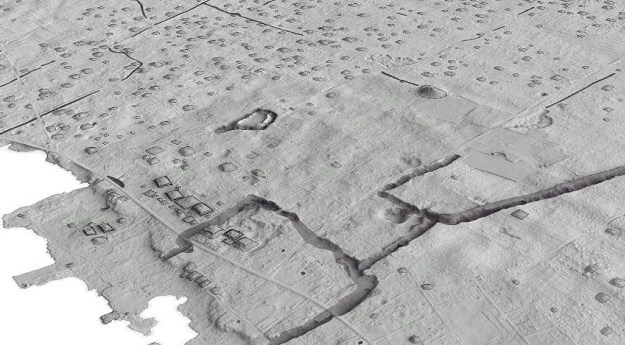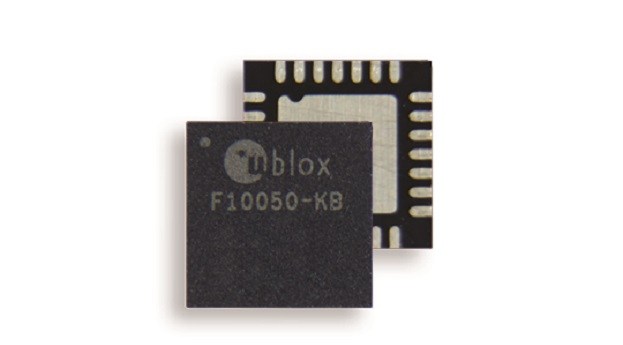
Drone manufacturer criticises velocity of impact and demands retraction of test video.
In October, impact physicists at the University of Dayton Research Institute in Ohio, conducted a test in which a DJI Phantom 2 quadcopter was fired into the wing of Mooney M20 light aircraft under controlled conditions.
The research drew international coverage with its dramatic video of the impact, and publication of the results in which the team announced that the impact had structurally damaged the main spar inside the wing.
Consumer UAV giant DJI has publicly demanded the researchers retract the video and blog post presenting their conclusions, suggesting that the method is opaque and that the forces involved in the impact exceeded likely real-world conditions.
‘UDRI staged its video to create a scenario inconceivable in real life, at a higher speed than the combined maximum speed of the drone and airplane, which is also faster than U.S. Federal Aviation Administration (FAA) testing guidelines,’ the firm wrote in a news release on its website.
In a letter sent by DJI to the research team and published in the news release, the firm claims that the collision test speed of 238 miles per hour (approximately 383 kilometres per hour) is higher than the combined maximum speed of a Phantom 2 (33.5 miles per hour) and an M20 (200 miles per hour).
DJI also claims that this impact speed is higher than FAA guidelines for birdstrike testing, that assume an aircraft is travelling at its sea level cruising speed, which for a Mooney M20 is typically 161-184 miles per hour.
Alex Grivas, managing director of Helitheory, a ground schooling facility for helicopter pilots said that DJI’s criticisms of the test are somewhat disingenuous as they do not address the underlying concerns.
“We know that Phantoms and similar RPAs have the capacity to fly at altitudes that bring them into direct conflict with manned aircraft. There may be an element of dramatisation but regardless, the video does a good job of highlighting the real dangers imposed by unmanned aircraft to the manned space,” he said.
“Their objections to the methodolgy are valid, but I don’t think they’d like to see the results if the test was performed on the tail rotor of a Robinson R44, for example.”
In February, a helicopter in South Carolina crashed while trying to take evasive action to avoid a civilian drone.
In response to DJI’s statements, the UDRI blog post presenting the results and video of the impact collision was updated with the following paragraph:
‘The test was intended to compare a bird strike and a drone strike, using a drone similar in weight to many hobby drones and a wing selected to represent a leading edge structure of a commercial transport aircraft, Poormon said. The drone and gel bird were the same weight and were launched at rates designed to reflect the relative combined speed of a fully intact drone traveling toward a commercial transport aircraft moving at a high approach speed.’
Stay up to date by getting stories like this delivered to your mailbox.
Sign up to receive our free weekly Spatial Source newsletter.













